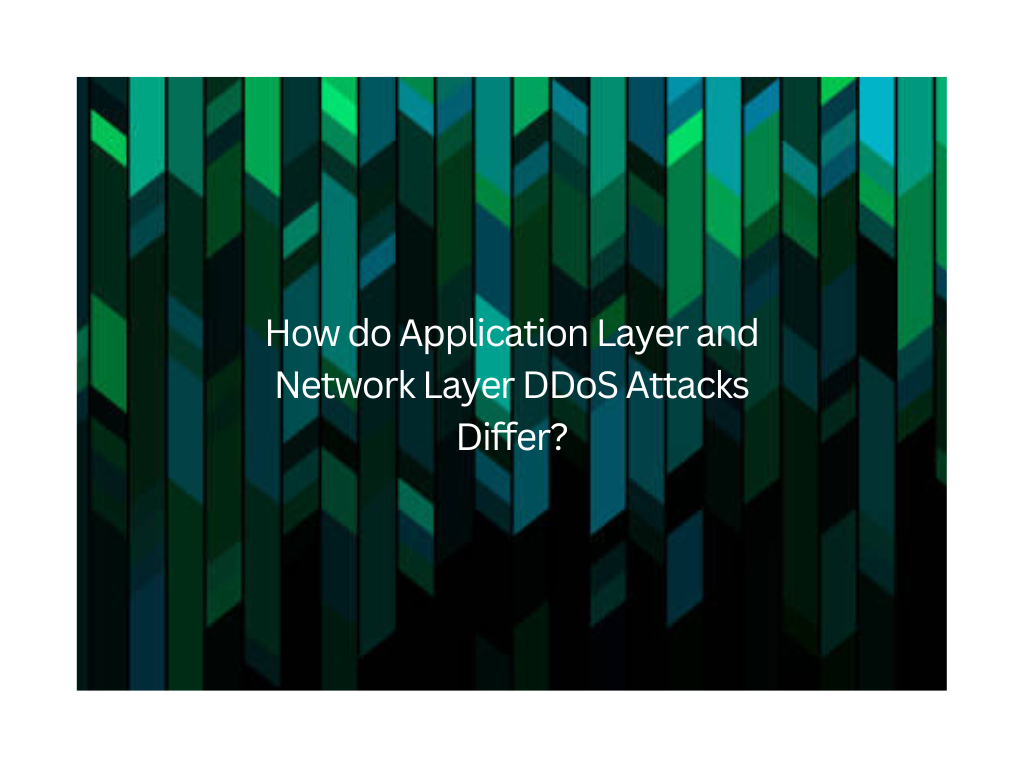Both the application layer and network layer DDoS attacks are significant threats. But, they vary a lot from one another. Learn how these attacks vary and what can we do to reduce their effects.
Distributed Denial of service or DDoS attack is an approach to bring down your service by flooding it with an array of legitimate or illegitimate requests coming from multiple source devices. The prime aim is to overwhelm the target device and ensure that it cannot operate normally.
Let’s have a look at the two most common types of attacks: Network Layer and Application Layer attacks.
Network Layer DDoS Attacks
These type of DDoS attacks overtaxes the available bandwidth to overwhelm the target. Their protections are primarily implemented at the network edge using Intrusion Prevention Systems and Next-gen Firewall. Unfortunately, even having DDoS protections in place, a large-scale bot network can easily overwhelm the edge.
Considering this, it is a dire need for enterprises to select a more sophisticated DDoS Mitigation solution engineered with high-capacity network expansive to manage massive amounts of data in case of DDoS attack. Not just this, it should be able to automatically detect and correctly mitigate cyberattacks on IT Networks and websites in real-time.

Application Layer DDoS Attacks
These types of attacks don’t target network bandwidth. The prime target is application running service that end-users are trying to access. In short, they strike at Layer 7 of the OSI model that includes server application, server, and back-end resources. These attacks generally consume specific service resources and slow it down or stop it altogether.
Application layer DDoS attacks are also a bit trickier to identify as well as mitigate in comparison to network-layer DDoS attacks. Common approaches include CAPTCHA (Completely Automated Public Turing test to tell Computers and Humans Apart) use. This helps to differentiate bots from humans. The best way to ensure protection against sophisticated application DDoS attacks is the use of a web application firewall (WAF). WAF helps you easily discern between bots requests and human requests.
For More Information Click Here Or Mail at info@haltdos.com




